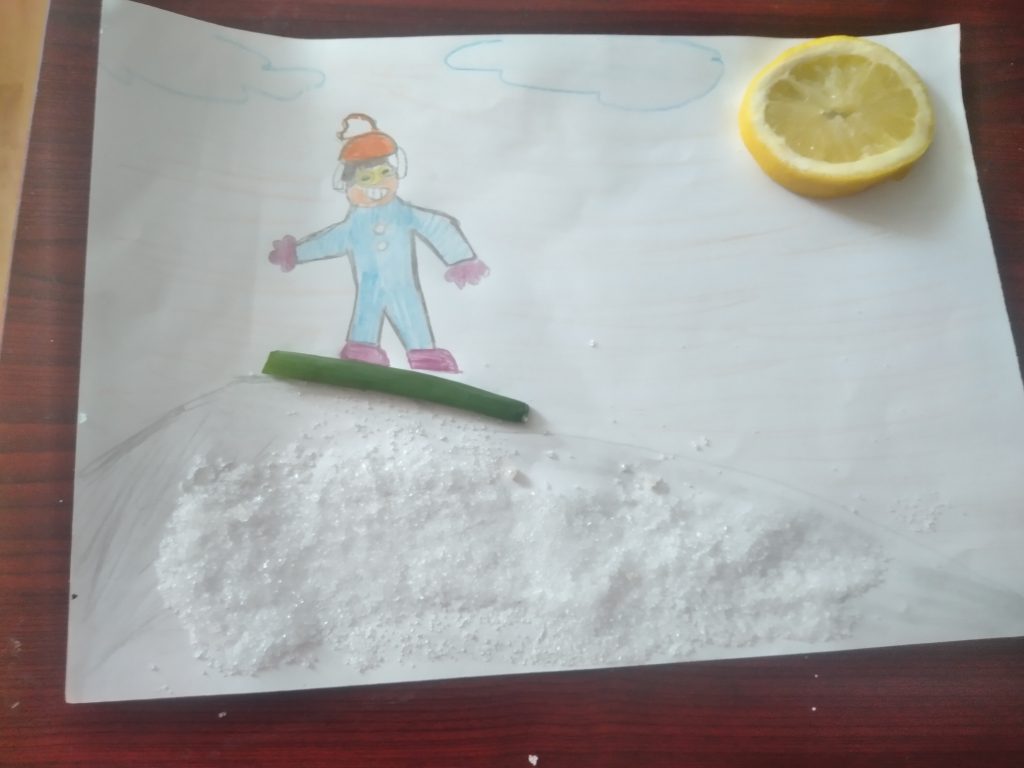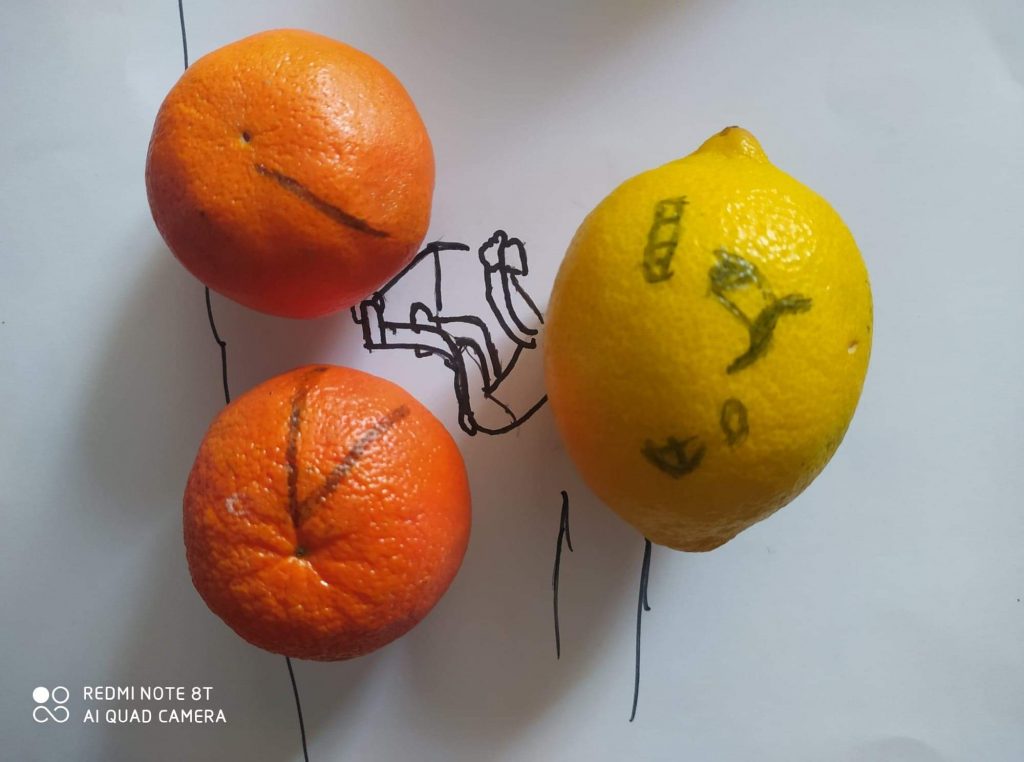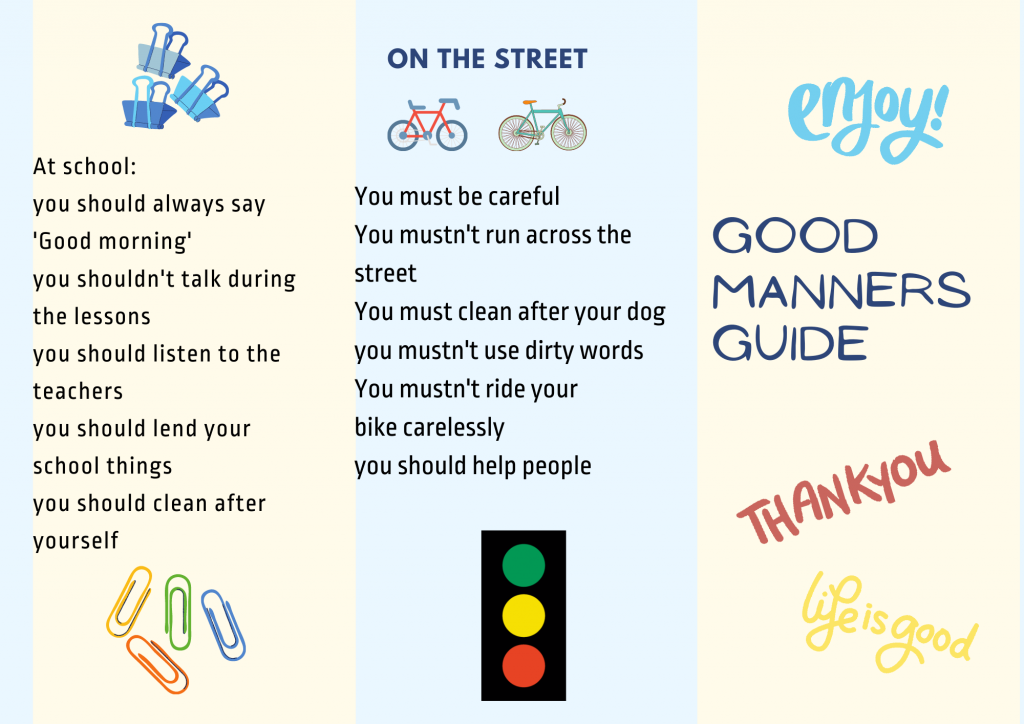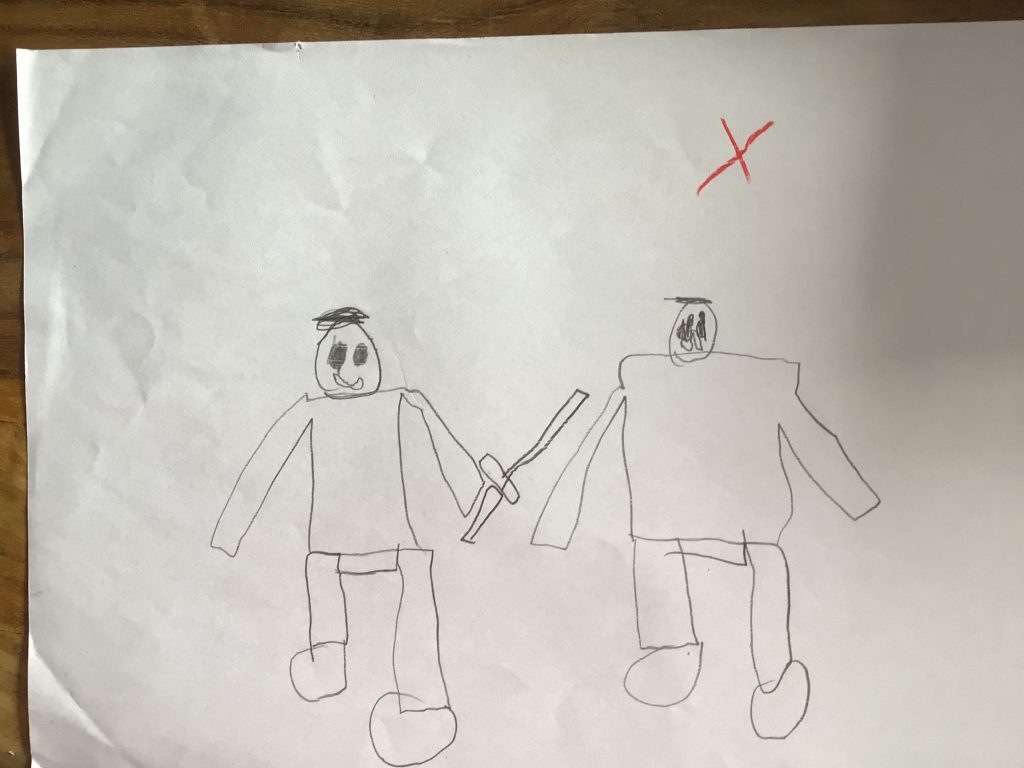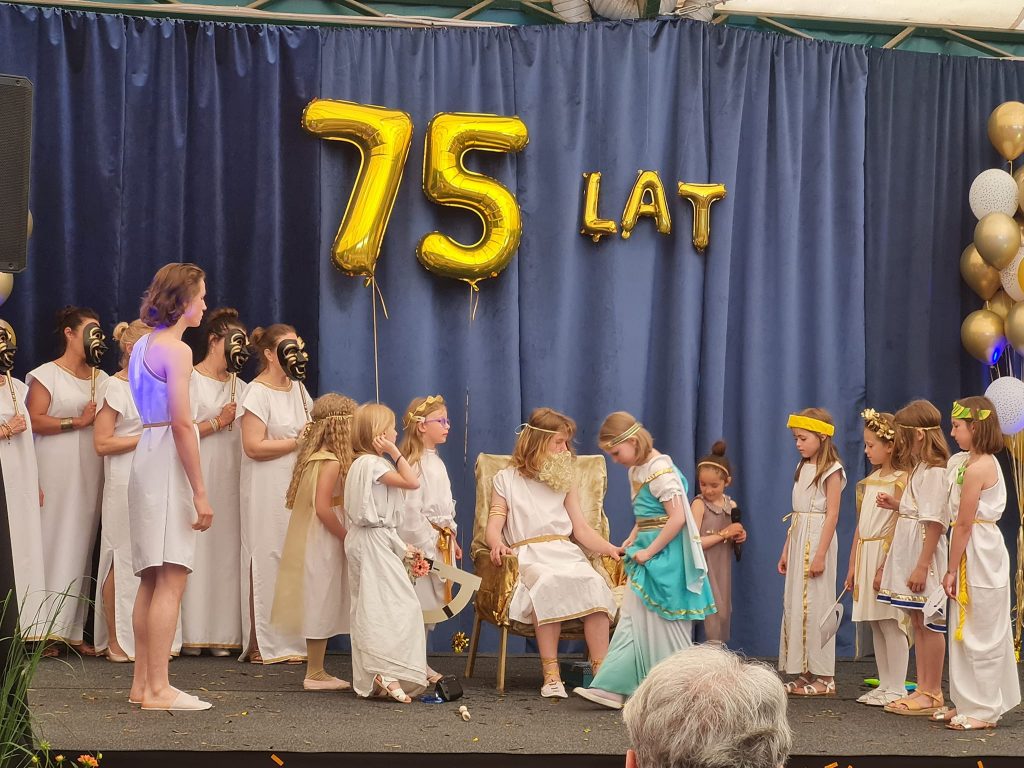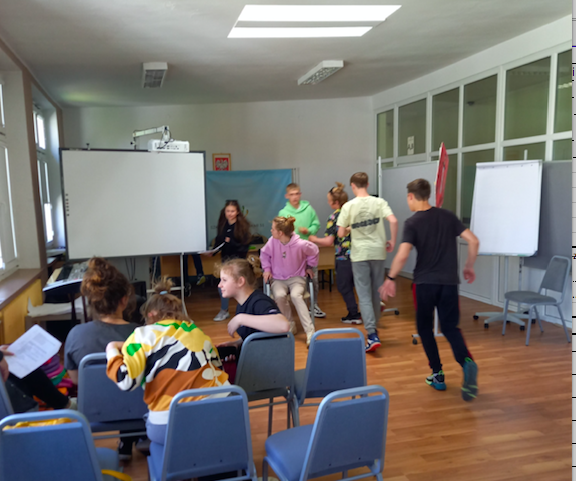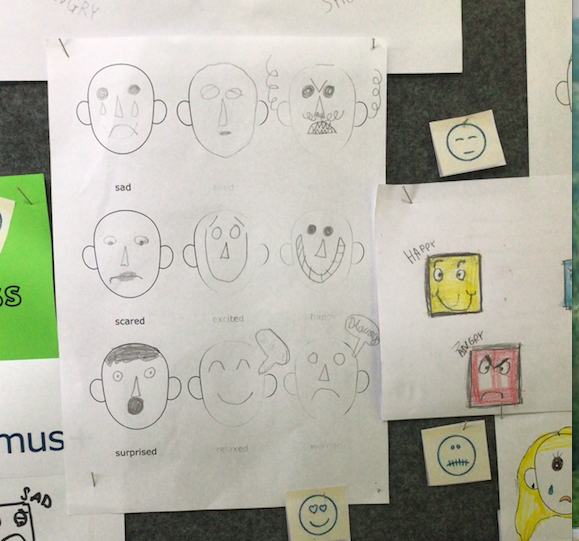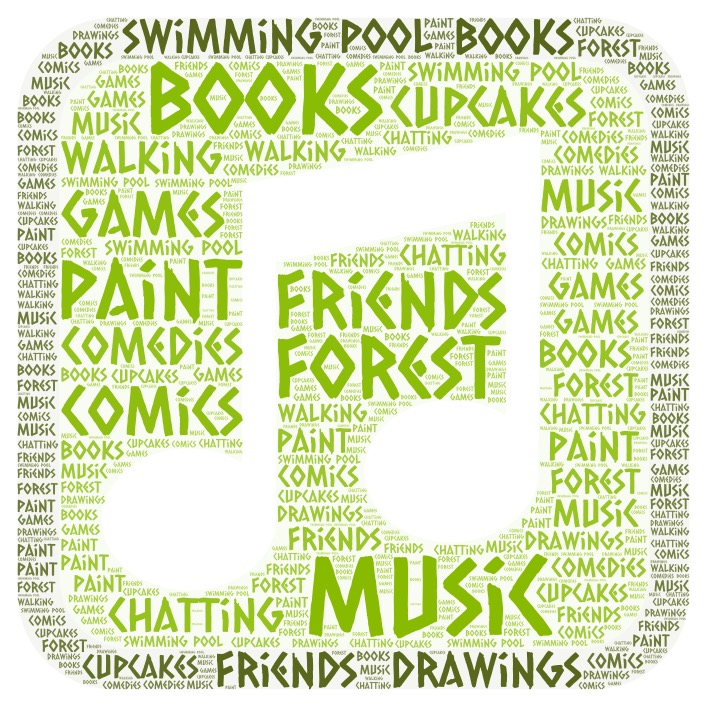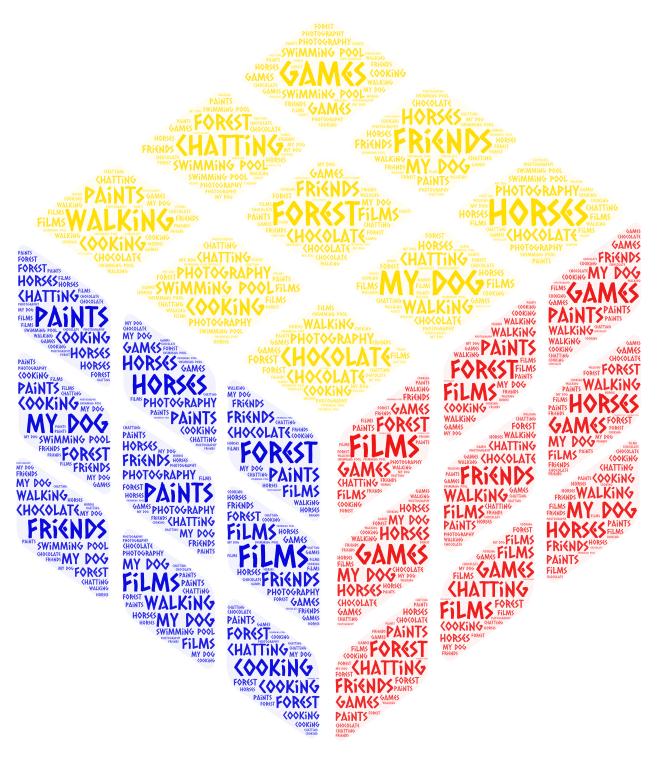
How to combine sport activities with healthy food and art? Yes, you can – create photos integrating pieces of fruit or vegetables in a picture presenting a sport discipline. To perform this activity we designed an inspirational presentation – made of pictures published to web. Having watched a video children chose fruit which seemed inspirational for them and created their own artful pictures. All the pictures (well, almost all…) were arranged in a professional way in a virtual gallery.
The objectives of the activity:
- developing creativity and imagination
- demonstrating innovation in concept
- improve the children’s ability to control materials and techniques
- cultivating an enjoyment and appreciation of the visual arts
- promoting healthy lifestyle
The link to the virtual gallery:
https://www.artsteps.com/view/602d680bfc99b16fd6daf269?currentUser








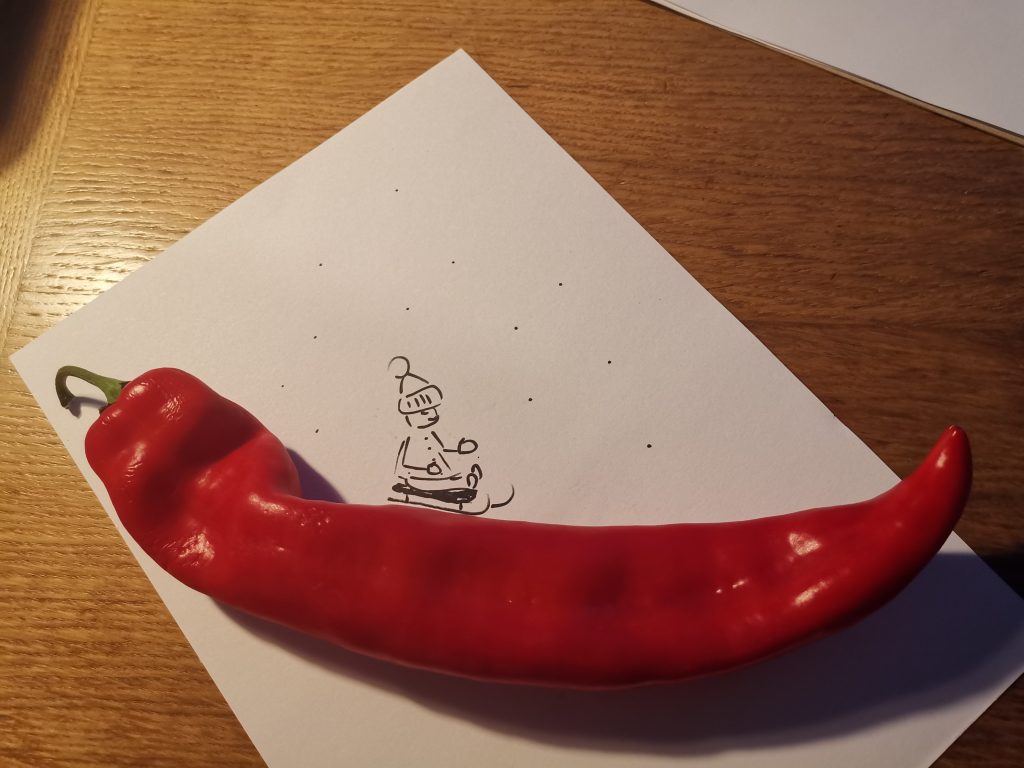




qrf 
